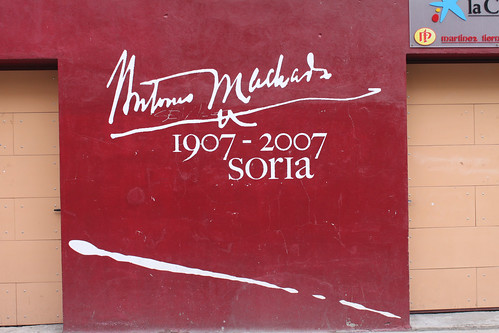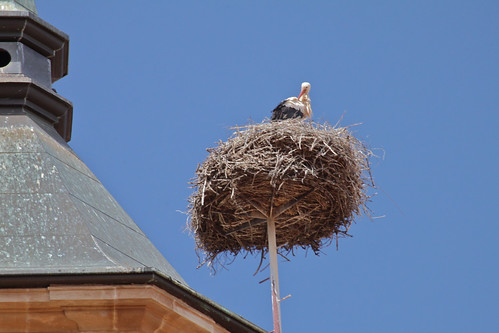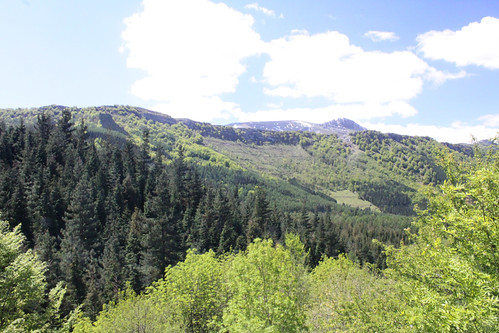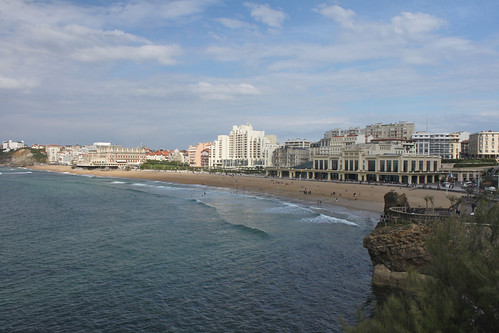I've now finished translating the Miguel Hernández poems I've been working on, and have put my efforts onto a web site: There are Nightingales that Sing. The poems are from the anthology 40 Poemas published earlier this year by my friends in the Asociación Cultural Orihuela 2010, as part of the celebrations marking the centenary of Hernández's birth.
You are welcome to browse the poems, which are all accompanied by illustrations by local artists - see my earlier post about the 40 Poemas folder. I've also put in links to online versions of the original poems in Spanish.
This is the first time I've attempted to translate poetry - or anything else, really. It came about when I was invited to give a talk a few months back about Miguel Hernández and his poetry to English-speaking residents of the area around Orihuela, who number tens of thousands. It was quite a relief when 'only' 50 turned up for the talk!
I was staggered to find when I was preparing the talk that there were no English-language versions of Hernández's poetry in print on either side of the Atlantic. I needed English translations for the talk so had no option but to do them myself.
We used about twenty of the poems in the talk, and the friends who read them out with me - Dee, Sarah, and Teresa - were a great help in straightening out some of the awkward phrasing in my original drafts. The other twenty have not yet made their bow in public, so I hope they flow OK.
There are a number of features I'd like to add to the site, including more information about Miguel Hernández himself and the times he lived through. I'm hoping to be able to put up the presentation I used for the talk, including the audio clips; we also have some audio and video recordings from the evening, including a stunning cante jondo performance of Nanas de la cebolla (Lullaby of the Onion), which I'll get up somewhere.
If you have any comments or suggestions, about the site or the translations, please let me know.
You are welcome to browse the poems, which are all accompanied by illustrations by local artists - see my earlier post about the 40 Poemas folder. I've also put in links to online versions of the original poems in Spanish.
This is the first time I've attempted to translate poetry - or anything else, really. It came about when I was invited to give a talk a few months back about Miguel Hernández and his poetry to English-speaking residents of the area around Orihuela, who number tens of thousands. It was quite a relief when 'only' 50 turned up for the talk!
I was staggered to find when I was preparing the talk that there were no English-language versions of Hernández's poetry in print on either side of the Atlantic. I needed English translations for the talk so had no option but to do them myself.
We used about twenty of the poems in the talk, and the friends who read them out with me - Dee, Sarah, and Teresa - were a great help in straightening out some of the awkward phrasing in my original drafts. The other twenty have not yet made their bow in public, so I hope they flow OK.
There are a number of features I'd like to add to the site, including more information about Miguel Hernández himself and the times he lived through. I'm hoping to be able to put up the presentation I used for the talk, including the audio clips; we also have some audio and video recordings from the evening, including a stunning cante jondo performance of Nanas de la cebolla (Lullaby of the Onion), which I'll get up somewhere.
If you have any comments or suggestions, about the site or the translations, please let me know.
NB: I have put the translations under a Creative Commons licence - teachers and students are welcome to use them for educational purposes, but they must not be used for commercial gain.





